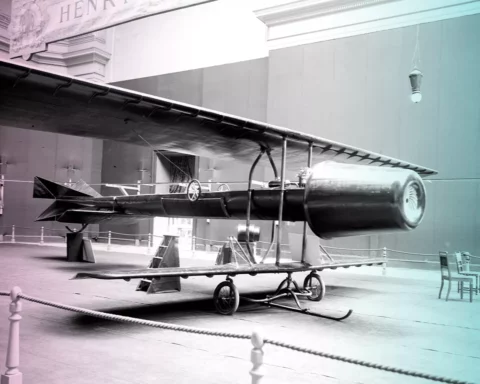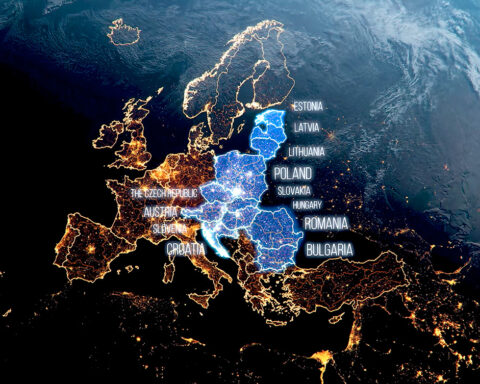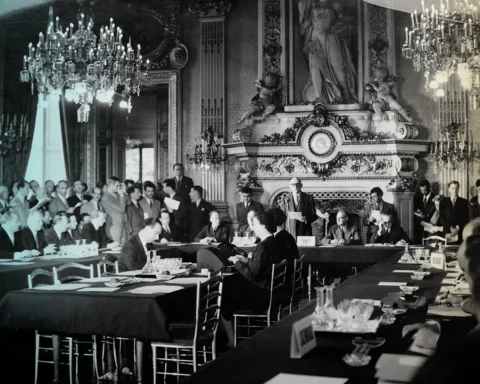Czechia has a long-standing legacy in nuclear energy. Czechoslovakia was the ninth country in the world to successfully start a nuclear reactor in 1955. However, the actual utilization of nuclear energy only began in 1978 with the construction of the Dukovany nuclear power plant. The building was finished in 1985, and the plant started operations in 1987. That same year, construction began on a second nuclear power plant, which took 15 years to become operational.
Nuclear plants in Czechia
Unfortunately, this is where the story of constructing nuclear power plants ends. Since 2002, when operations began at the Temelín Nuclear Power Plant, no progress has been made. Czechia still only has two nuclear power plants and six reactors, with a combined power generation potential of 3,934 MW. The debate on expanding the nuclear capacities of Czechia was reopened nine years later when the tender for two additional nuclear reactors for the Temelín Power Plant was announced.
However, the debate over building new nuclear blocks ended as quickly as it started. Politicians at the time argued that there was no political will for more reactors because electricity prices were already low; thus, extending nuclear energy capabilities would be a wasted investment.
The tide may be now turning. Proponents of nuclear energy won big in February 2022, when the EU included nuclear energy in the EU Taxonomy after a bitter political debate. Thanks to this act, nuclear energy can be considered “green energy,” provided they use the best-available existing technologies.
Now energy prices are skyrocketing in Czechia, with no end in sight, which has led to a push for the construction of new reactors. If it were only a matter of actual construction, perhaps the situation would be more straightforward.
Power transformation and its discontents
However, this is not the case. There are a number of obstacles in the way of moving forward with any nuclear plans:
- The first is that Czechia only has a short time to act. Most of its nuclear reactors will be decommissioned in the 2030s and 40s. Unfortunately, it takes more than eight years to get a project of this size underway.
- Deciding on a national level is the easy part. The more difficult one is the notification process of the European Union. Under Articles 41 to 44 of the EURATOM treaty, every member state must submit Nuclear Power Plant projects to the European Commission. The Commission then reviews each project and either rejects or approves it. But the decision takes time. And not only Czechia but all of Europe is running low on that commodity.
- The political cycle can become a problem. The fact that the current Czech government is keen to build nuclear reactors doesn’t automatically mean that the next one will stay on the course. We can even consider it a miracle that the current government agrees with the previous one on nuclear energy.
- Finally, the people and interest groups are part of this puzzle. Not only are the people the ones who vote for the politicians. It is also people who are members of those interested groups, and they might interfere with the whole process. This interference can have many forms. No matter if it’s a unions strike, ecological activists blocking the construction, or a local populace unhappy with the noise.
These reasons point to one very important message. If Europe wants to be energy independent, we must increase our nuclear power capacities. Unfortunately, solar and wind power plants won’t be sufficient to provide power for all of Europe. And sooner the realization hits the politicians and the people, the sooner we will be able to start acting on behalf of ourselves and our children.







